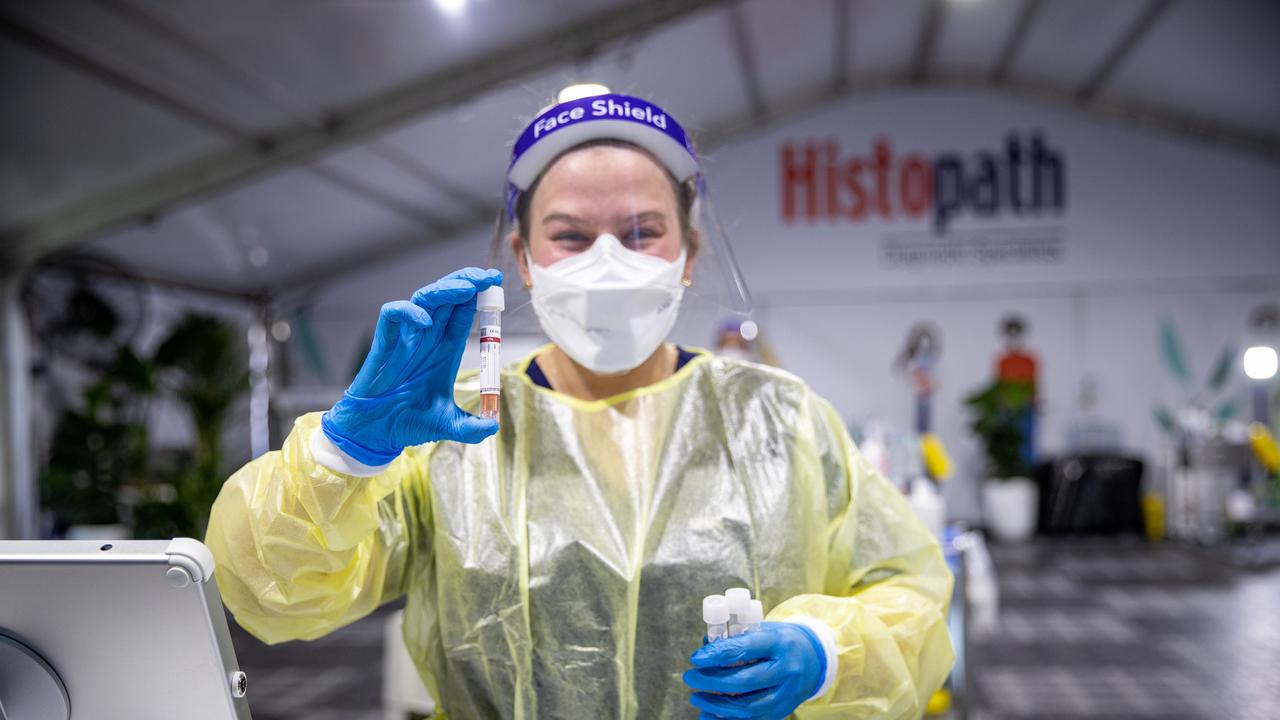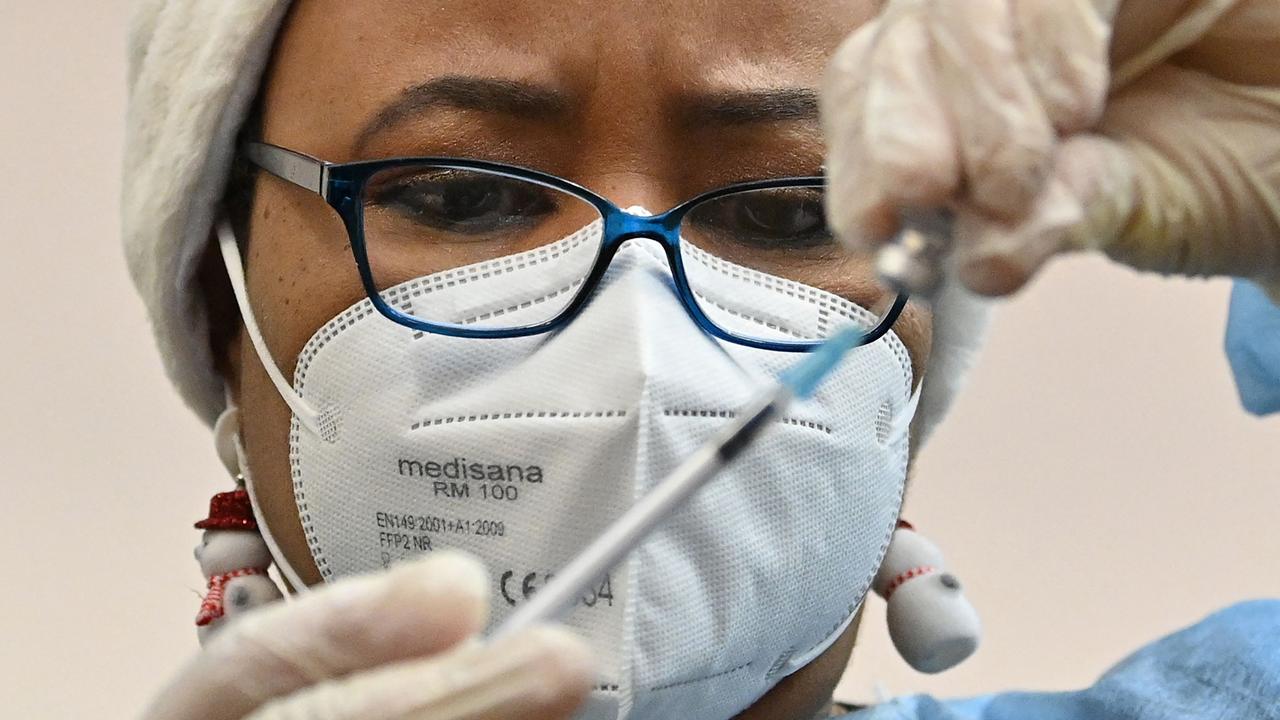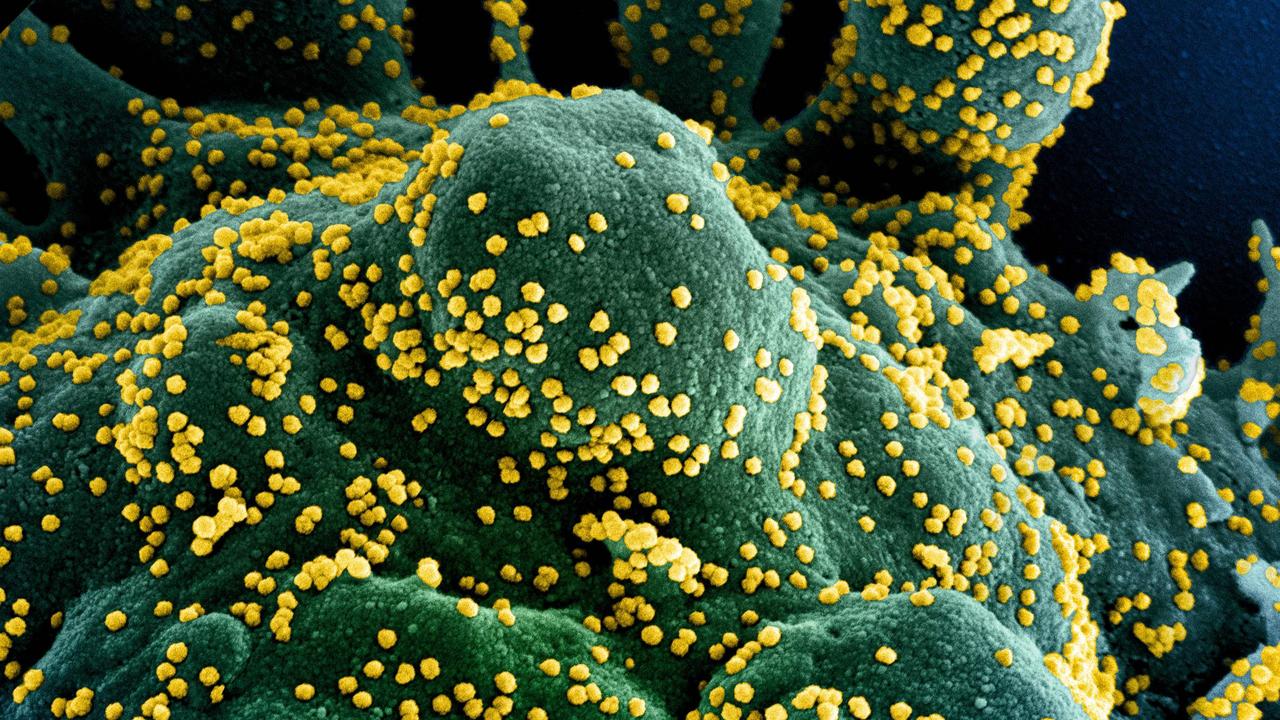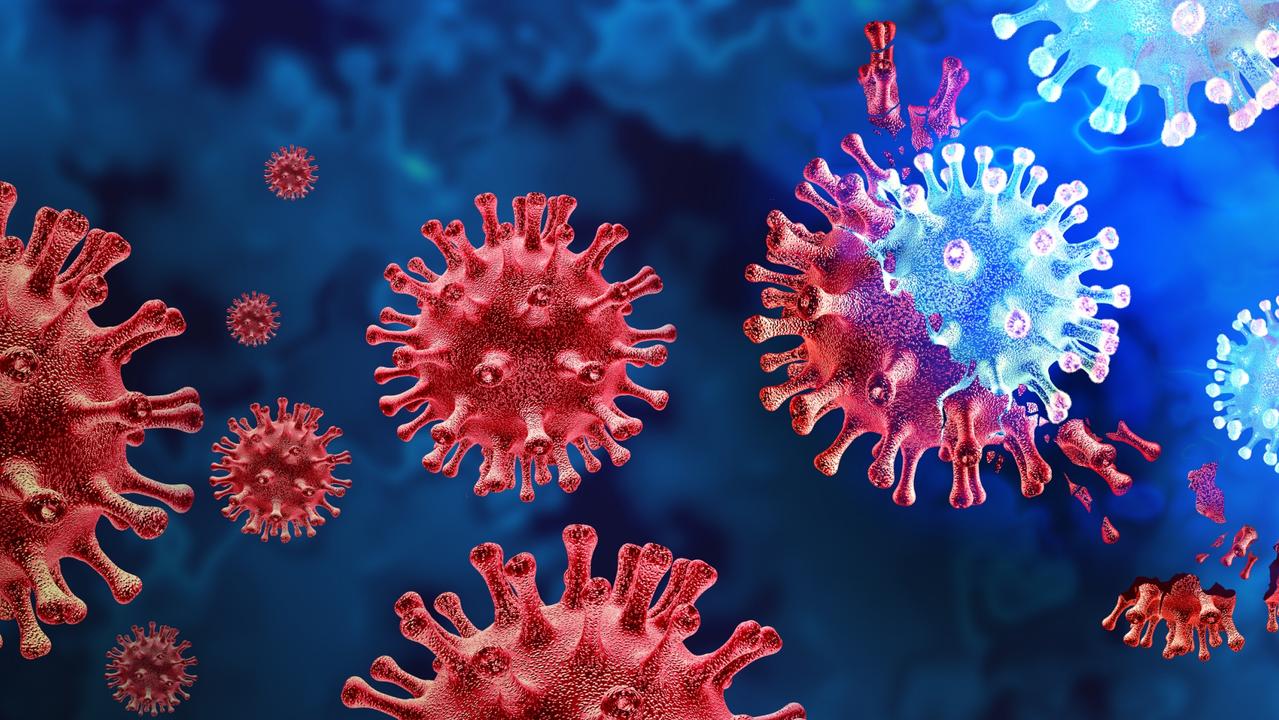Omicron XE: Everything we know about new Covid variant
A new Covid-19 variant has been detected in Australia. Here is everything you need to know about Omicron XE.
A new Covid variant called Omicron XE has arrived in Australia, which could potentially be 10 per cent more transmissible than the most dominant strain in the country.
NSW Health confirmed in its weekly surveillance report Omicron XE was found in a recently returned traveller at the end of last week.
It is the first time Omicron XE has been identified in NSW and Australia as a whole.

What is this new variant?
Omicron XE is a recombinant virus, which is when two separate virus strains merge to form a new, single and hybrid strain.
In Omicron XEs case, it is a combination of the two Omicron Covid variants BA.1 and BA.2.
BA.2 has become the most dominant Covid strain in the country, circulating throughout NSW and most of Australia.
Omicron XE was first detected in the United Kingdom on January 19, with over 1000 cases recorded there since then.
Infections have also been found in Thailand, Canada and India.
But this is not the first time recombinant Covid viruses have been detected in Australia.
Just last week Australia’s first case of “Deltacron” (a mix of Delta and Omicron BA.1) was announced in NSW, with it being detected in Queensland a day later.
Another recombinant infection of Omicron’s sub variants BA.1 and BA.2 was also detected in NSW last week, though NSW Health said it was not of the XE lineage.
It also comes as Victoria Health confirmed on Friday that a new Omicron sub variant was found in the state’s wastewater samples.
The sub variant, which is either BA.4 or BA.5, was discovered in the Tullamarine catchment.
WHO is now monitoring 2 new Omicron sub-lineages, BA.4 and BA.5. BA.4 apparently looks like a combination of BA.1 and BA.3. BA.5 looks similar to XE, ie a combination of BA.1 and BA.2. Not a major concern yet. https://t.co/PKjXJLEiuZ
— Professor Adrian Esterman (@profesterman) April 15, 2022
It was the first time either of them have been reported in Victoria or Australia.
It has been detected in South Africa, Botswana, Belgium, Denmark, the United Kingdom and Germany, but Victoria Health said no known significant epidemiological differences have been found between this strain and BA.2.

What are the health authorities saying?
The World Health Organisation said in a report last week that early estimates indicated Omicron XE had a 10 per cent higher transmission rate than BA.2 (the most dominant and contagious strain in Australia at the moment).
But the report did stress the finding requires further confirmation.
In a report published in late March, the WHO said it was looking to learn more about the variant.
“XE belongs to the Omicron variant until significant differences in transmission and disease characteristics, including severity, may be reported,” the report said.
“WHO continues to closely monitor and assess the public health risk associated with recombinant variants … and will provide updates as further evidence becomes available.”
In its next Weekly Epidemiological Update, the WHO said more Covid recombinants would likely be found.
“Given the current high level of transmission worldwide, it is likely that further variants, including recombinants, will continue to emerge.”
“The evolution rate and the risk of the emergence of new variants, including recombinants, is still very high. The implementation of continuous, comprehensive and representative community sampling and sequencing strategies, alongside timely sharing of data by Member States, remains critical for tracking and understanding the behaviour of SARS-CoV-2 (the virus that causes COVID).”

What are the experts saying?
University of Leeds virologist Grace Roberts wrote in The Conversation that while not a lot is known about Omicron XE, “what we do know doesn’t suggest there’s cause for serious concern”.
“Initial data for the Omicron XE variant suggests that the growth rate (that is, the proportion of new infections in the population) is slightly higher than that of omicron BA.2,” she said.
“However, because there are only a small number of infections with XE at present, the data we have on this is limited and it’s difficult to draw solid conclusions for now.
“Reassuringly, we know that BA.2 is no more severe than BA.1, and that omicron variants overall tend to cause less severe disease than previous SARS-CoV-2 variants. But they are highly infectious.”
While Ms Roberts said more research is needed, she concluded, “it appears, at present, to be very similar to the current circulating strains of SARS-CoV-2”.
Another expert, UK Health Security Agency Professor Susan Hopkins, has said not enough is known yet to draw definitive conclusions.
“This particular recombinant, XE, has shown a variable growth rate and we cannot yet confirm whether it has a true growth advantage,” she said.
“So far there is not enough evidence to draw conclusions about transmissibility, severity or vaccine effectiveness.”



